NASA And Veterans
NASA and Veterans

November 11 each year is a day we honor those who have served in our nation’s armed forces.

Discover how we have close ties to the military, even to this day, and see who has traded in their camouflage uniform for an astronaut flight suit.

There have been veterans working for us since the beginning, even when it was still called the National Advisory Committee for Aeronautics (NACA).
Additionally, there are several active duty military members working at NASA facilities through special government programs.


Today, there are more than 1500 veterans currently employed with us. Their experiences in the military make their expertise invaluable around the agency. We value the unique leadership style they bring to the work place. Above and below are some astronaut veterans.



A Partnership for the Space Age
Since the early days of NASA, we’ve partnered with all branches of the military. We still work closely with the military today and rely on the expertise of our service members to support our missions both while in active duty and in the civilian workforce. Here are some examples of this close partnership:

The Marines helped with recovery efforts of Astronaut Alan Shepard at the end of his sub-orbital flight on May 5, 1961…a task performed across several of our missions.

Today, the Navy helps us recover spacecraft, just like the Orion space capsule…which will one day carry astronauts into deep space and eventually on our journey to Mars.

…and the Air Force has traditionally and continues to help us transport sensitive and critical space hardware around the globe.

The Coast Guard has even helped us access remote locations to collect oceanographic data as part of our efforts to study and learn more about the Earth.

We’ve partnered with the Army to use their unique capabilities at the Yuma Proving Ground to test the entry, descent and landing of our spacecraft systems.

To all the Veteran’s out there, we thank you for your service to America and your continued support of America’s space program.
Happy Veteran’s Day!
Make sure to follow us on Tumblr for your regular dose of space: http://nasa.tumblr.com
More Posts from Astrotidbits-blog and Others
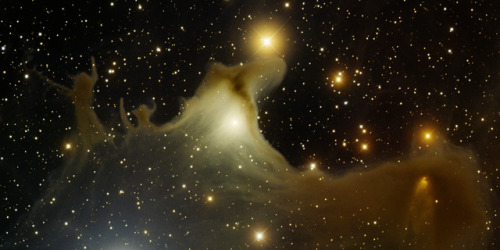
NGC 7023, Ghost Nebula
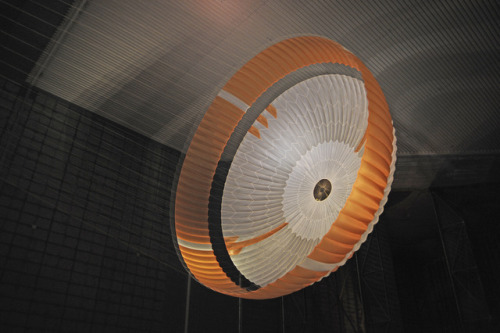
open parachute during tests for Mars Science Laboratory

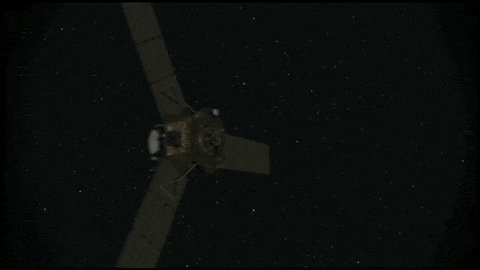
NASA‘s Juno: spacecraft has successfully entered orbit around the gas giant Jupiter.
After five years and 1.7 billion miles the probe accomplish a risky braking manoeuvre in order for it to be hooked by Jupiter’s gravity. NASA’s Jet Propulsion Laboratory, California received the confirmation signal which confirmed Juno had finally entered orbit on July 4. Juno will begin a two-year mission of discovery which will help scientists better understand one of the largest objects in our solar system.
Using Juno’s complex array of cameras and sensors the team hope to answer some long-awaited questions including whether Jupiter actually has a solid core or if it really is just a swirling ball of gas. Another focus will be the Great Red Spot - a massive storm several times the size of Earth that has been raging on the surface of Jupiter for what appears to be hundreds of years. Juno is the fastest spacecraft to ever enter orbit around a planet, travelling at an astonishing 130,000mph by the time it reached the gas giant.
Space shuttle launch (no sound).
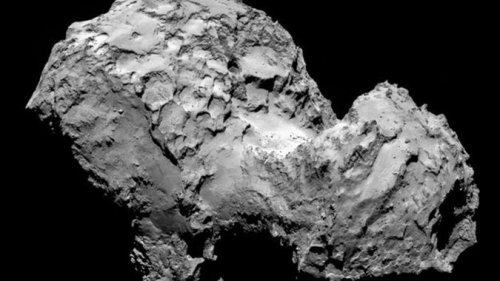
European Spacecraft Pulls Alongside Comet “After 10 years and a journey of four billion miles, the European Space Agency’s Rosetta spacecraft arrived at its destination on Wednesday for the first extended, close examination of a comet. A six-minute thruster firing at 5 a.m. Eastern time, the last in a series of 10 over the past few months, slowed Rosetta to the pace of a person walking, about two miles per hour relative to the speed of its target, Comet 67P/Churyumov-Gerasimenko.”
Find out more from the nytimes.
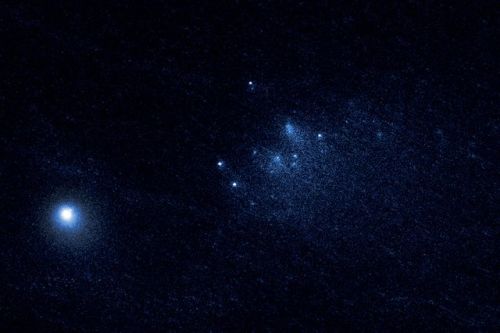
ASTRONOMERS CAPTURE BEST VIEW EVER OF DISINTEGRATING COMET
Astronomers have captured the sharpest, most detailed observations of a comet breaking apart 67 million miles from Earth, using NASA’s Hubble Space Telescope. The discovery is published online today in Astrophysical Journal Letters [http://apjl.aas.org].
In a series of images taken over three days in January 2016, Hubble showed 25 fragments consisting of a mixture of ice and dust that are drifting away from the comet at a pace equivalent to the walking speed of an adult, said David Jewitt, a professor in the UCLA departments of Earth, Planetary and Space Sciences; and Physics and Astronomy, who led the research team.
The images suggest that the roughly 4.5-billion-year-old comet, named 332P/Ikeya-Murakami, or Comet 332P, may be spinning so fast that material is ejected from its surface. The resulting debris is now scattered along a 3,000-mile-long trail, larger than the width of the continental United States.
These observations provide insight into the volatile behavior of comets as they approach the Sun and begin to vaporize, unleashing powerful forces.
“We know that comets sometimes disintegrate, but we don’t know much about why or how,” Jewitt said. “The trouble is that it happens quickly and without warning, so we don’t have much chance to get useful data. With Hubble’s fantastic resolution, not only do we see really tiny, faint bits of the comet, but we can watch them change from day to day. That has allowed us to make the best measurements ever obtained on such an object.”
The three-day observations show that the comet shards brighten and dim as icy patches on their surfaces rotate into and out of sunlight. Their shapes change, too, as they break apart. The icy relics comprise about four percent of the parent comet and range in size from roughly 65 feet wide to 200 feet wide. They are separating at only a few miles per hour as they orbit the Sun at more than 50,000 miles per hour.
The Hubble images show that the parent comet changes brightness frequently, completing a rotation every two to four hours. A visitor to the comet would see the Sun rise and set in as little as an hour, Jewitt said.
The comet is much smaller than astronomers thought, measuring only 1,600 feet across, about the length of five football fields.
Comet 332P was discovered in November 2010, after it surged in brightness and was spotted by two Japanese amateur astronomers.
Based on the Hubble data, the research team suggests that sunlight heated the surface of the comet, causing it to expel jets of dust and gas. Because the nucleus is so small, these jets act like rocket engines, spinning up the comet’s rotation, Jewitt said. The faster spin rate loosened chunks of material, which are drifting off into space. The research team calculated that the comet probably shed material over a period of months, between October and December 2015.
Jewitt suggests that some of the ejected pieces have themselves fallen to bits in a kind of cascading fragmentation. “We think these little guys have a short lifetime,” he said.
Hubble’s sharp vision also spied a chunk of material close to the comet, which may be the first salvo of another outburst. The remnant from still another flare-up, which may have occurred in 2012, is also visible. The fragment may be as large as Comet 332P, suggesting the comet split in two. But the remnant wasn’t spotted until Dec. 31, 2015, by a telescope in Hawaii.
That discovery prompted Jewitt and colleagues to request Hubble Space Telescope time to study the comet in detail.
“In the past, astronomers thought that comets die when they are warmed by sunlight, causing their ices to simply vaporize away,” Jewitt said. “But it’s starting to look like fragmentation may be more important. In comet 332P we may be seeing a comet fragmenting itself into oblivion.”
The researchers estimate that comet 332P contains enough mass for 25 more outbursts. “If the comet has an episode every six years, the equivalent of one orbit around the Sun, then it will be gone in 150 years,” Jewitt said. “It’s just the blink of an eye, astronomically speaking. The trip to the inner solar system has doomed it.”
The icy visitor hails from the Kuiper belt, a vast swarm of objects at the outskirts of our solar system. As the comet traveled across the system, it was deflected by the planets, like a ball bouncing around in a pinball machine, until Jupiter’s gravity set its current orbit, Jewitt said.
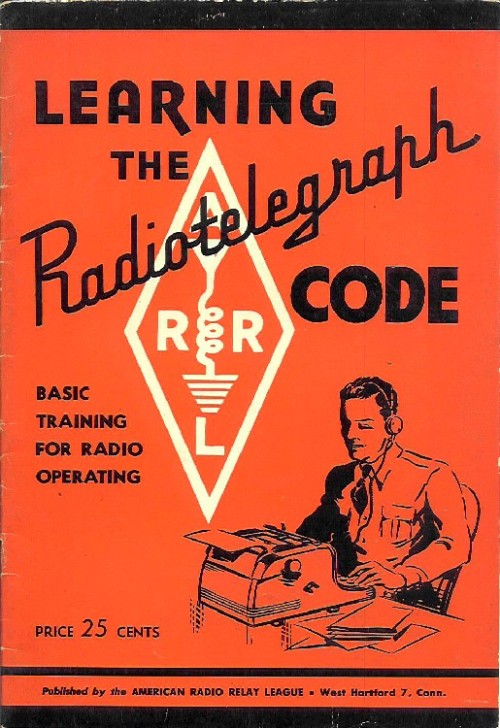



NASA’s Cassini spacecraft shows Earth and its moon from between Saturn’s rings
NASA’s Cassini spacecraft, which orbits Saturn, took a picture of Earth from between Saturn’s rings — with Earth’s moon at its side.
Captured at 1:41 a.m. Eastern on April 12, 2017, the spacecraft was 870 million miles away from its home planet when it took the image.
Earth is seen as a tiny bright speck in the center of the picture. Upon cropping and zooming in, its moon can be seen to the left as an even smaller dot. The photograph, captured by the Imaging Science Subsystem, doesn’t clearly show which part of Earth is facing the ringed planet at the time the picture was taken, but NASA has revealed it is the southern Atlantic Ocean. Read more (4/21/17)
follow @the-future-now
JPL Engineer explains how they are testing the next generation of Mars parachutes in the video “LDSD: We Brake for Mars”
-
 rudytazar70 liked this · 2 years ago
rudytazar70 liked this · 2 years ago -
 sonia-the-hedgehog-2369 liked this · 4 years ago
sonia-the-hedgehog-2369 liked this · 4 years ago -
 worclip liked this · 4 years ago
worclip liked this · 4 years ago -
 a-veteran-for-veterans-things liked this · 5 years ago
a-veteran-for-veterans-things liked this · 5 years ago -
 mslava1290 liked this · 5 years ago
mslava1290 liked this · 5 years ago -
 pumper82 reblogged this · 5 years ago
pumper82 reblogged this · 5 years ago -
 pumper82 liked this · 5 years ago
pumper82 liked this · 5 years ago -
 gregtx53 liked this · 5 years ago
gregtx53 liked this · 5 years ago -
 glock130 liked this · 5 years ago
glock130 liked this · 5 years ago -
 phydeaux5757 liked this · 5 years ago
phydeaux5757 liked this · 5 years ago -
 redbobtexas liked this · 5 years ago
redbobtexas liked this · 5 years ago -
 thinredline110 liked this · 5 years ago
thinredline110 liked this · 5 years ago -
 medyaper-blog liked this · 5 years ago
medyaper-blog liked this · 5 years ago -
 samlouisepedersen liked this · 6 years ago
samlouisepedersen liked this · 6 years ago -
 lastclikc-blog liked this · 6 years ago
lastclikc-blog liked this · 6 years ago -
 may2217 liked this · 6 years ago
may2217 liked this · 6 years ago -
 afrohouseking liked this · 6 years ago
afrohouseking liked this · 6 years ago -
 findlr1 liked this · 6 years ago
findlr1 liked this · 6 years ago -
 lazywishmaker liked this · 7 years ago
lazywishmaker liked this · 7 years ago -
 1rumichan1-blog liked this · 7 years ago
1rumichan1-blog liked this · 7 years ago -
 silviuai-blog liked this · 7 years ago
silviuai-blog liked this · 7 years ago -
 mooniessuniverse liked this · 7 years ago
mooniessuniverse liked this · 7 years ago -
 stuedyness-blog reblogged this · 7 years ago
stuedyness-blog reblogged this · 7 years ago -
 pamwillbesphaxoneday reblogged this · 7 years ago
pamwillbesphaxoneday reblogged this · 7 years ago -
 decraftmaps reblogged this · 7 years ago
decraftmaps reblogged this · 7 years ago -
 caviriot reblogged this · 7 years ago
caviriot reblogged this · 7 years ago -
 onefootin1941 liked this · 7 years ago
onefootin1941 liked this · 7 years ago -
 etudiant-qui-vous-aime-blog reblogged this · 7 years ago
etudiant-qui-vous-aime-blog reblogged this · 7 years ago -
 midtime-blog reblogged this · 7 years ago
midtime-blog reblogged this · 7 years ago -
 mikehanford-blog1 reblogged this · 7 years ago
mikehanford-blog1 reblogged this · 7 years ago -
 noutati-blog liked this · 7 years ago
noutati-blog liked this · 7 years ago -
 virginiapxtts-blog reblogged this · 7 years ago
virginiapxtts-blog reblogged this · 7 years ago -
 themoonempress liked this · 7 years ago
themoonempress liked this · 7 years ago -
 decraftmaps reblogged this · 7 years ago
decraftmaps reblogged this · 7 years ago -
 toxic-fucking-waste liked this · 7 years ago
toxic-fucking-waste liked this · 7 years ago -
 austen619-blog1 reblogged this · 7 years ago
austen619-blog1 reblogged this · 7 years ago -
 thepansexualshrimp-blog reblogged this · 7 years ago
thepansexualshrimp-blog reblogged this · 7 years ago -
 erikaenchanted-blog reblogged this · 8 years ago
erikaenchanted-blog reblogged this · 8 years ago -
 erikaenchanted-blog reblogged this · 8 years ago
erikaenchanted-blog reblogged this · 8 years ago -
 richard461220-blog liked this · 8 years ago
richard461220-blog liked this · 8 years ago -
 mckitterick liked this · 8 years ago
mckitterick liked this · 8 years ago